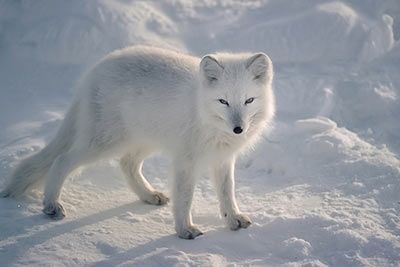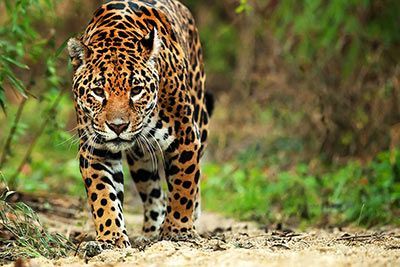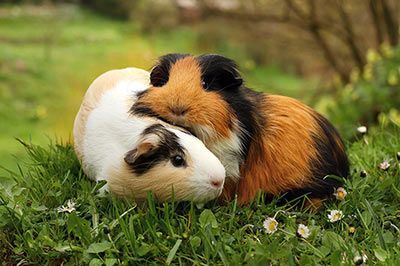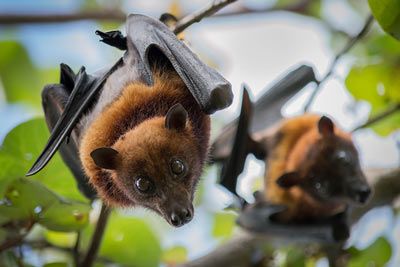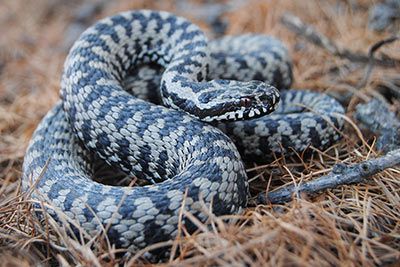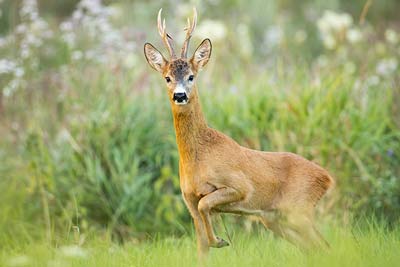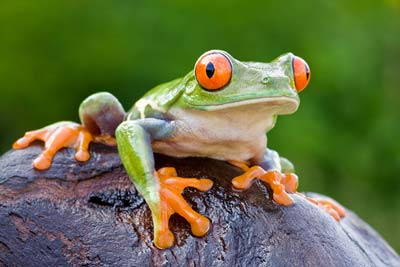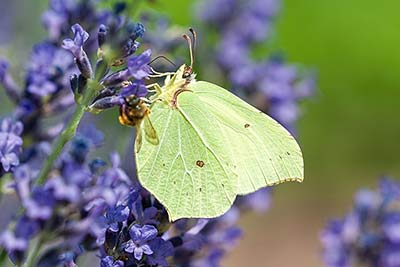Chipmunk
Chipmunk Facts
| Size | 7.2-11 inch (18.5-28.5 cm) |
| Speed | Up to 20.5 mph (33 km/h) |
| Weight | 1.1-5.29 oz (32-150 g) |
| Lifespan | 4-8 years |
| Food | Nuts, seeds, insects, fruits |
| Predators | Falcons, racoons |
| Habitat | North America |
| Order | Rodents |
| Family | Squirrels |
| Scientific name | Tamias striatus |
| Characteristics | Striped fur and large teeth |
Main Characteristics
Chipmunks are little striped rodents. There are 23 sub-species living in all parts of America from Canada to Mexico. We will provide you with some information on the biggest species, the Eastern chipmunk that is found in North America.
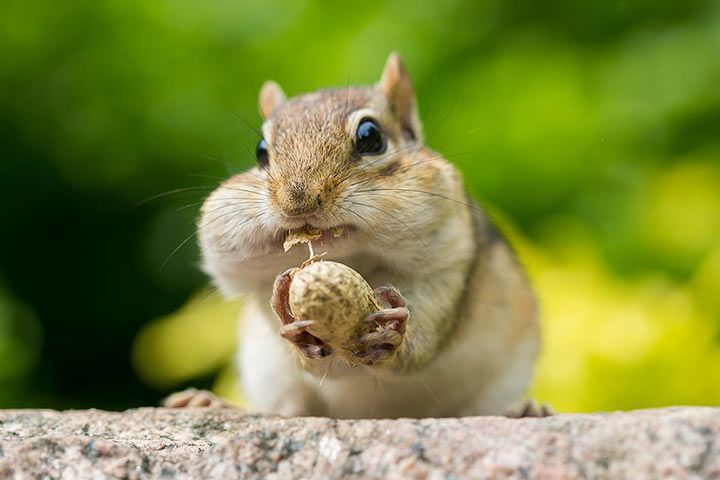
Species
Chipmunk or Squirrel?
Stripes or no stripes – that is the question. Chipmunks have five dark-brown stripes on their backs, with white and light-brown stripes in between. Squirrels do not have any stripes.
Anatomy and Appearance
Cheeks
The most distinctive feature of the chipmunk are the cheek pouches on the sides of its mouth. They allow the little rodent to temporarily store food. This is particularly convenient in dangerous situations if the rodent does not want to leave its food behind but cannot eat all of it at once. Or when the chipmunk has eaten enough and wants to carry the food to its burrow for storage. When the cheek pouches are full they can be bigger than the chipmunk’s head.
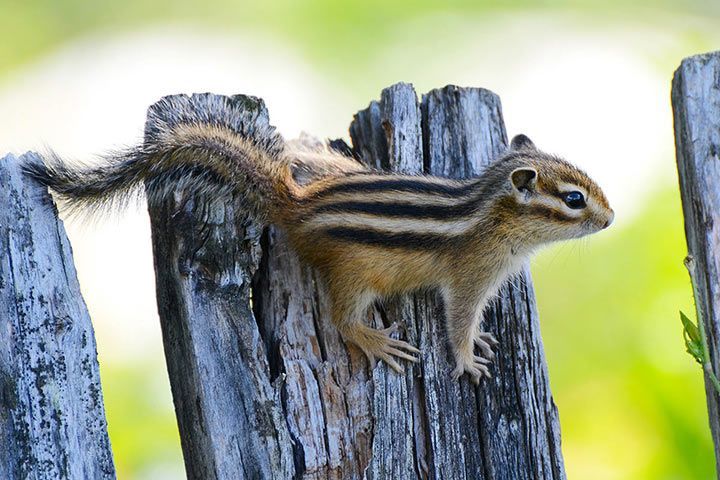
Diet
Chipmunks are often depicted with nuts in their small paws. Although nuts are an important item on their menu, chipmunks also love to eat seeds, insects and fruits.
Behavior
Digging
Chipmunks dig tunnels which can be up to 32.8 feet (10 meters) long and have several entrances and paths.
Social Behavior
Alvin and the Chipmunks are almost inseparable buddies. Together they experience the most outrageous adventures. Yet, in reality the little rodents are loners that spend most of their lifetime on their own. They can only be seen together during the mating season and when they are taking care of their offspring.
Hibernation
Chipmunks don't consume larger quantities of fat before winter. They don't really hibernate, but wake up every few days to feed on the food supplies they have gathered during the summer. This behavior is called winter rest.
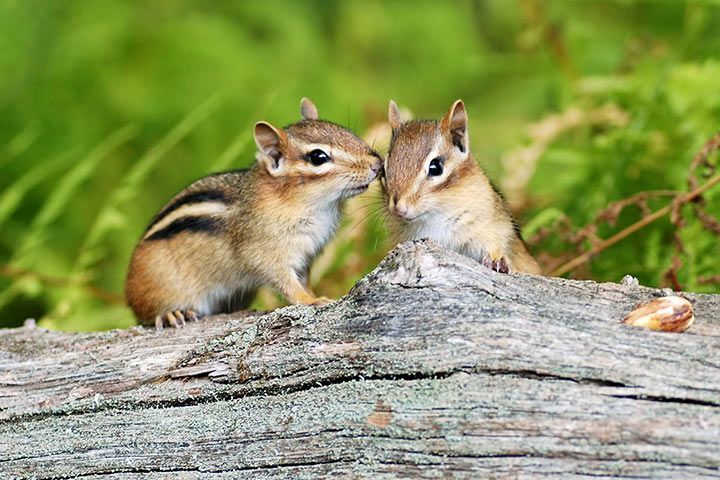
Senses and Abilities
Climbing
Acrobatic antics like those of Alvin, Simon and Theodore are nothing for real chipmunks. They spend most of the time on the ground and only climb trees to gather food.
Eyesight
Even though Simon is wearing glasses: Real chipmunks have very good eyesight!
Sounds
The Chipmunks Alvin, Theodore and Simon are very gifted musicians. They play the guitar, drums, clarinet, saxophone and even the tuba. Real chipmunks also utter sounds, although they do not sing or use musical instruments: We know about 30 combinations of bird-like “chip”-sounds (hence their name) from high-pitched “chip-chip-chip” to soft and dark “chuck-chuck” sounds.
Communication
In the movie "Alvin and the Chipmunks" you can see how chipmunks let their bushy tails dance. The makers of the movie have copied this from the behavior of real chipmunks. It is part of their body language and helps them to communicate better with each other.
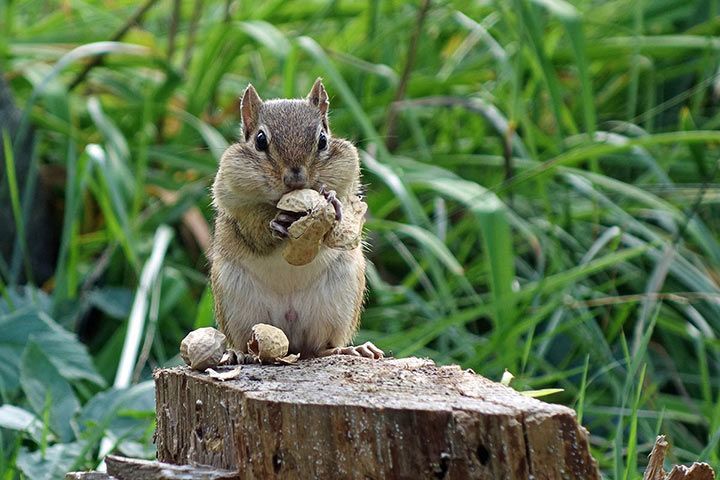
Life Expectancy
In the wild, the average chipmunk only reaches an age of 1 year, in rare cases up to three years.
Reproduction
Chipmunks mate in spring and in early summer. They usually have litters of four or five young animals. They leave the burrow after about six weeks.
Fun Facts
Only Four Front Toes
Chipmunks have four toes on their fore-paws and five toes on their hind paws.
Famous Chipmunks
The band Alvin and the Chipmunks has already been awarded with several Grammies although the group does not really exist. The band members Alvin, Theodore and Simon Seville are named after the general managers of the music label Liberty Records: Alvin Bennett, Simon Waronker and Theodore Keep.
In addition to their musical activities, the Chipmunks are also starring in one cartoon series and two cinema productions.
The Chipmunk Is Related To:
- Ground Squirrel
- Marmot
- Prairie Dog
Animals in the Same Biome:
- Beaver
- Black Bear
- Brown Bear
- Moose
- Red Fox
- Red Squirrel
- Opossum
- Shrew
- Skunk
- Snowy Owl
- Raccoon
- Wood Frog
- Wolf













